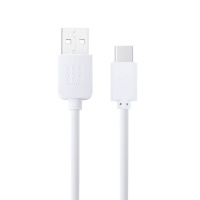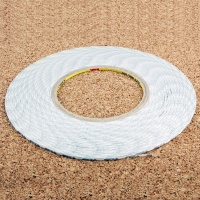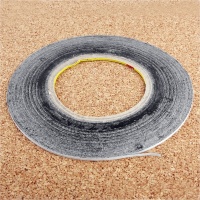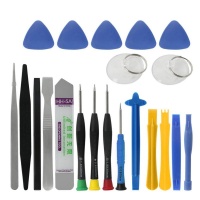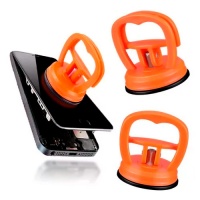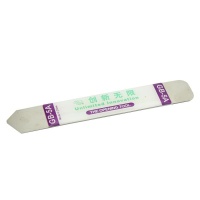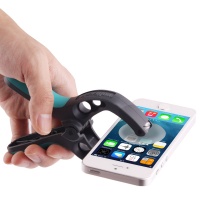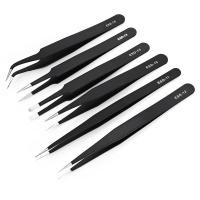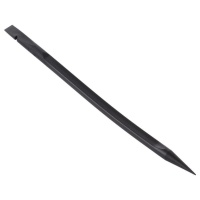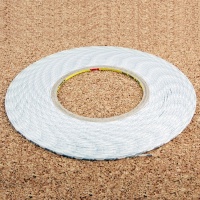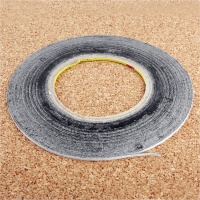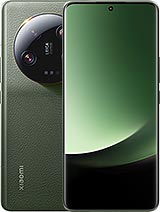 Repair parts Xiaomi 13 Ultra
Repair parts Xiaomi 13 Ultra


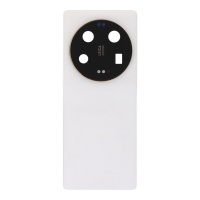
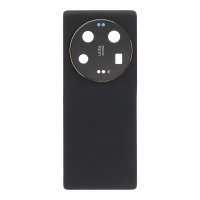
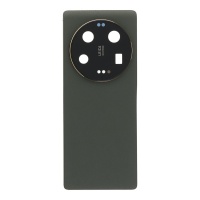
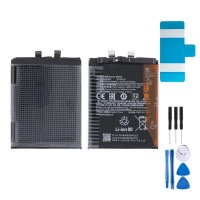
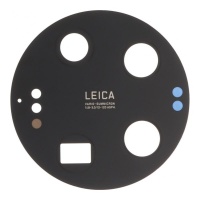
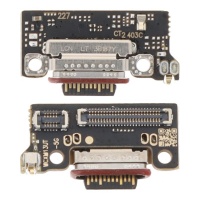
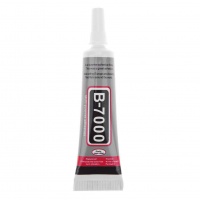
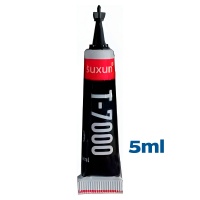
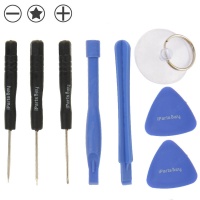
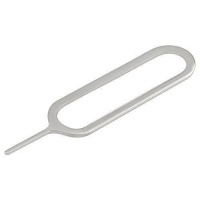
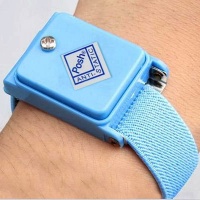
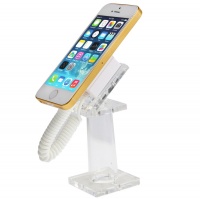
The Definitive Guide to Spare Parts for Your Xiaomi 13 Ultra: Give It a Second Life!
Hello! 👋 If you're here, it's likely that your brilliant Xiaomi 13 Ultra needs a bit of TLC and technical attention. Whether it's due to an unfortunate drop that's left its mark, the inevitable wear and tear of time that has diminished its performance, or simply because you're a perfectionist and want it looking brand new, you've come to the right place. At iLevante.com, not only do we have the catalogue of parts you need, but we're also passionate about technology and want to tell you everything you need to know to get your mobile back to being the titan it once was.
The Xiaomi 13 Ultra isn't just any mobile, and you know it. It's an absolute powerhouse of technology, a device conceived and designed for true photography lovers. That iconic collaboration with Leica isn't just marketing fluff; it translates into hardware and software that work in harmony to make every photo a work of art. We're talking about a 1-inch main sensor, a feat in a smartphone, and a variable aperture that gives you unprecedented creative control. But let's be honest, even the greatest champions have their Achilles' heel, and hardware problems or small daily mishaps show no mercy. Let's see how we can sort out these issues!
A Look at the Titan: Understanding the Key Features of the Xiaomi 13 Ultra
Before we get stuck in with the screwdriver, let's remember why we love this device and what makes it so special (and at times, so delicate). The Xiaomi 13 Ultra boasts a spectacular design with a nanotechnology vegan leather finish, which is not only elegant but also offers superior grip and antibacterial properties. Its heart is the ultra-powerful Snapdragon 8 Gen 2 processor, a guarantee of fluidity and raw power. And its soul, of course, is that incredible 6.73-inch WQHD+ AMOLED display. It's not just any screen; its LTPO 3.0 technology allows it to dynamically adjust the refresh rate from 1Hz to 120Hz, saving battery when you're reading and offering spectacular smoothness when you're gaming. Its peak brightness of 2600 nits makes it perfectly visible even under direct sunlight.
And what about its cameras... the 1-inch Sony IMX989 main sensor is king, capturing an astonishing amount of light and detail. But it's accompanied by an ultra-wide, a telephoto, and a super-telephoto lens, all of the highest quality. Protecting this camera module is fundamental. Understanding these features is key to appreciating why, when it comes to repairs, choosing quality components is so important.
The Window to Your Xiaomi's World: Advanced Guide to Screen Replacement Parts
The screen is, without a doubt, one of the most expensive, most exposed, and most-suffering components. One bad knock and that's it! Goodbye to sharpness, vibrant colours, and the immersive experience. If you need a screen replacement for your Xiaomi 13 Ultra, it is absolutely crucial that you know the available options, as the difference in user experience can be night and day.
Types of Screens: Original vs. Compatible (OLED, AMOLED, TFT, INCELL)
In the spare parts market, you'll find a range of technologies. Let's clarify them in depth so you can make an informed choice:
- Original Screen (LTPO AMOLED): This is, without a shadow of a doubt, the best option. It is the exact same screen that Xiaomi fits in the factory. In the case of the 13 Ultra, it's a top-of-the-range LTPO AMOLED. This means you not only get the maximum resolution (WQHD+), the most accurate colours thanks to its factory calibration, and the peak brightness of 2600 nits, but also the battery-saving LTPO technology. And most importantly: it is the only one that guarantees 100% compatibility and accuracy of the under-display optical fingerprint reader. It's the ideal option if you don't want to give up absolutely any of your mobile's premium features.
- Compatible OLED/AMOLED Screens: These are the highest quality alternatives, closest to the original. OLED technology (and its AMOLED variant) allows each pixel to emit its own light, resulting in pure blacks (the pixel simply switches off), a theoretically infinite contrast ratio, and lower battery consumption when using dark interfaces (hello, dark mode!). A good quality compatible AMOLED screen will give you an excellent visual experience, almost indistinguishable to the untrained eye. However, the maximum brightness might be slightly lower, and the colour calibration may not be as precise. Be careful with the fingerprint sensor! Many of these compatible screens, even if they are AMOLED, lack the necessary optical layer or calibration for the fingerprint sensor to work. This is a detail you must always confirm.
- INCELL Screens: This technology is a middle step. It's still an LCD panel (not OLED), but it integrates the touch panel and the liquid crystal into a single layer. This makes them thinner and with better touch response than basic TFTs. The image quality is decent, and they are an economical option with a good quality-to-price ratio. However, you will notice that the blacks are more like dark greys (due to the constant backlighting) and the contrast is much lower than on an OLED. They are a functional solution, but a clear downgrade from the original screen.
- TFT Screens: This is the most budget-friendly and basic option. It's an older and thicker LCD technology. While they do their job of displaying an image, the difference is noticeable: less vivid colours, poor contrast, limited viewing angles (the colour shifts if you look at the screen from the side), and higher energy consumption. They are an "emergency" solution or for very low-budget repairs, but they completely tarnish the experience of a high-end device like the 13 Ultra.
At iLevante.com, we strongly recommend opting for Original or, at the very least, a Premium AMOLED quality for a device of this calibre, thus ensuring the repair is on par with the rest of the hardware.
The Heart of Your Xiaomi 13 Ultra: Battery, Diagnostics, and Solutions
Do you feel like your mobile can no longer keep up with your pace? Does the battery drain just by looking at it, forcing you to live tethered to a plug socket or a power bank? This is a classic and unmistakable sign of degradation. The Xiaomi 13 Ultra is equipped with a powerful 5000 mAh Li-Po battery, model number BM5Q, designed to last all day even with demanding use. But heavy usage, charging cycles (especially with its powerful 90W fast charge), and heat exposure can take their toll over time.
How to Know if the Battery is Genuinely Faulty?
Beyond a subjective feeling, there are clear signs that point to a battery on its last legs:
- 🔋 Accelerated and non-linear drain: The most obvious symptom. If you can't even make it to midday with normal use, something is wrong. Also, pay attention to sudden percentage drops, like going from 30% to 15% in just a few minutes of use.
- 📱 Sudden shutdowns: The mobile switches off abruptly, without warning, especially when you demand power from it (when opening the camera, gaming, or using GPS), even if it still shows 20% or 30% charge. This indicates the battery can no longer maintain a stable voltage under stress.
- 🔥 Excessive overheating when charging or in use: It's normal for it to get a bit warm, but if it becomes hot to the touch or you get temperature warnings from the system, it's a serious red flag.
- 📈 Unstable charge percentages: It takes an eternity to go from 99% to 100%, or conversely, it gets "stuck" at a certain percentage for hours and then plummets.
- Physical swelling: This is the most dangerous symptom. If you notice the back cover is peeling away at the edges or the screen is bulging outwards, it's because the battery has swollen due to an internal chemical reaction. A swollen battery is a fire hazard and must be replaced immediately and with extreme caution.
The Battery Dilemma: OEM vs. Aftermarket
When looking for a replacement, you will encounter two worlds. It is vital to understand them. An OEM (Original Equipment Manufacturer) battery is, in essence, an original battery. It is made by the same company that produces the batteries for Xiaomi, following the exact same standards of quality, capacity (actual mAh), voltage, and safety. The only difference is that it's sold without the brand's logo. They are a fantastic option because they offer the performance and reliability of an original at a more competitive price. On the other hand, generic or low-quality "aftermarket" batteries are a lottery. They might promise 5000 mAh but actually have 4000 mAh, lack the proper temperature sensors (risk of overheating), or have a much shorter lifespan. For a mobile of this category, investing in an OEM or an official original battery is always the smartest decision.
Detailed Guide to Replacing the Xiaomi 13 Ultra's Battery
Replacing the battery requires patience, precision, and the right tools. Warning: this process may void your warranty, will void the IP68 water resistance certification, and involves risks. If you do not feel confident, please consult a professional.
- Preparation and shutdown: Completely switch off the device. Prepare your workspace with good lighting.
- Heat the back cover: Using a heat gun (at a low temperature, around 80°C) or a hairdryer, evenly heat the edges of the back cover to soften the strong adhesive that seals it.
- Careful opening: Attach a suction cup near the bottom edge and pull gently to create a tiny gap. Insert a thin plastic plectrum or pick into this gap. The vegan leather finish is delicate, so do not use metal tools that could tear or mark it. Slide the pick all around the perimeter to cut the adhesive.
- Remove the mid-frame and shields: Once the cover is off, you will see a series of screws holding the plastic frame that covers the motherboard and the NFC/wireless charging coil. Remove them all (keep them organised so you don't lose them!) and take off the frame.
- First, disconnect the battery!: This is the most important safety step. Before touching any other component, locate the battery's flex cable connector on the motherboard and disconnect it with a plastic spudger. This cuts power to the rest of the device.
- Extract the old battery: Xiaomi batteries usually have clear adhesive strips with coloured pull-tabs. You should pull these tabs slowly and steadily so the adhesive stretches and releases the battery. If they snap, you will have to pry it out with a plastic card, being extremely careful not to bend or puncture the battery.
- Installation and reassembly: Place the new battery in its housing (ideally with new adhesive strips). Connect its flex cable, put the shields and screws back, apply new adhesive to the back cover and seal it, applying even pressure for some time.
Dress Up Your Mobile: Back Covers for the Xiaomi 13 Ultra
The back cover not only defines the elegant aesthetics of your 13 Ultra but is also the first line of defence for its delicate internal components. Thanks to its nanotechnology vegan leather finish, it has a very distinctive premium feel and appearance. If yours is scratched, cracked at a corner, or you simply want to change the colour for a new look, you're in luck.
The back covers for the Xiaomi 13 Ultra are available in the original colours, allowing for a perfect restoration:
- Professional Black
- Olive Green
- Immaculate White
Changing it follows the same initial process as any internal repair: heating the adhesive and carefully prying it off. Quality replacement covers from iLevante.com usually come with their own pre-installed adhesive, which greatly facilitates a clean and secure assembly, restoring the phone's structural rigidity.
Key High-Use Parts: Camera Lens and Charging Port
Two of the components that most commonly fail due to daily use, wear and tear, and small accidents are the camera glass and the charging connector.
Camera Lens for the Xiaomi 13 Ultra
A deep scratch or a crack in the glass that protects the magnificent Leica lenses can completely ruin your photos. A simple scratch can manifest as an anomalous flare in night shots, while a crack will create blurry and out-of-focus areas. The replacement camera lens glass is an economical and highly effective solution. Typically, the replacement part includes the protective glass and sometimes the metal bezel that surrounds it. The bezel's colours usually match the terminal's (Black, Green, White) to maintain the original aesthetics. When replacing it, it is crucial to thoroughly clean any dust from the camera sensors before sealing the new glass to prevent trapping specks inside.
Charging Port and Main Flex for the Xiaomi 13 Ultra
Is your mobile not charging? Do you have to find the "perfect position" for the cable to make contact? Has the 90W fast charge turned into a slow charge that takes several hours? It is most likely that the USB-C charging port is internally damaged due to the mechanical stress of plugging and unplugging the cable thousands of times. This replacement part, commonly called a charging port board or flex, is a small circuit board that includes much more than just the USB-C port. Often, this same part integrates the main microphone for calls (if people can't hear you well, this could be the cause), antenna connections for mobile signal, and the vibration motor. Therefore, a failure in this board can cause a wide variety of symptoms. Replacing it completely restores the charging and data transfer capabilities. It is vital to ensure the replacement part is of high quality so as not to lose the original charging speed or microphone quality.
Extended Catalogue: Other Spares and Parts You Might Need
Besides the usual suspects, in the repair ecosystem, there are parts for more specific faults. At iLevante.com, you can find a wide variety:
- SIM Tray: A small but essential component. If you've lost or bent yours when changing cards, we have replacements in the corresponding colours.
- Power and Volume Flex Cable: The physical buttons are among the most used elements. If they've stopped "clicking" or don't respond, this is the internal flexible cable you need to change.
- Earpiece Speaker and Loudspeaker (Buzzer): If you can't hear people during calls (earpiece) or if the sound from videos and ringtones is distorted or not heard at all (buzzer), these are the modules you need.
- Front and Rear Cameras: For more serious cases where the problem isn't just the glass, but the camera sensor itself (e.g., black spots in the image or failure to launch the camera app).
- Vibration Motor: If your mobile has stopped vibrating for notifications, it's likely this small motor has reached the end of its life.
Software Problems That Look Like Hardware Faults: A Technician's Perspective
As technicians, one of the first things we learn is never to take anything for granted. Often, customers arrive convinced they need a new part, when the problem lies in the device's brain: its software (MIUI or the more recent HyperOS). An abnormal battery drain, for example, can be caused by a poorly optimised app running in the background, or a bug introduced in a recent system update. Overheating for no apparent reason can also be a "zombie" process that has got stuck, consuming CPU cycles non-stop.
Before assuming you need a new battery, perform a software diagnosis. Follow these steps:
- Basic Restart: Often solves temporary glitches.
- Check for Updates: Make sure you have the latest version of both the system and your apps.
- Analyse Battery Usage: Go to Settings > Battery and review the detailed stats. If an app you barely use is listed as the main consumer, you've found a culprit. Try force-stopping it or uninstalling it.
- Boot into Safe Mode: This mode loads the system without any third-party applications. If the problem disappears in Safe Mode (the battery lasts longer, it doesn't overheat), then one of the apps you installed is the cause of the problem.
- Clear the Cache: Sometimes, corrupted cache data can cause instability. You can clear the cache of problematic apps individually.
- Factory Reset: This is the nuclear option, but the most effective for ruling out software issues. Make a full backup of your data and restore the phone to its initial state. If the problem persists even after this, then yes, it is almost certainly a hardware fault.
If you notice strange behaviour after a MIUI/HyperOS update, you're not alone. Sometimes, the solution is to be patient and wait for Xiaomi to release a patch.
We hope this ultra-detailed guide has been a great help and gives you the confidence to diagnose and repair your device. At iLevante.com, we are here to help you find the perfect replacement part and bring all the glory and functionality back to your incredible Xiaomi 13 Ultra. Explore our catalogue and don't hesitate to contact us if you have any questions! 🚀

